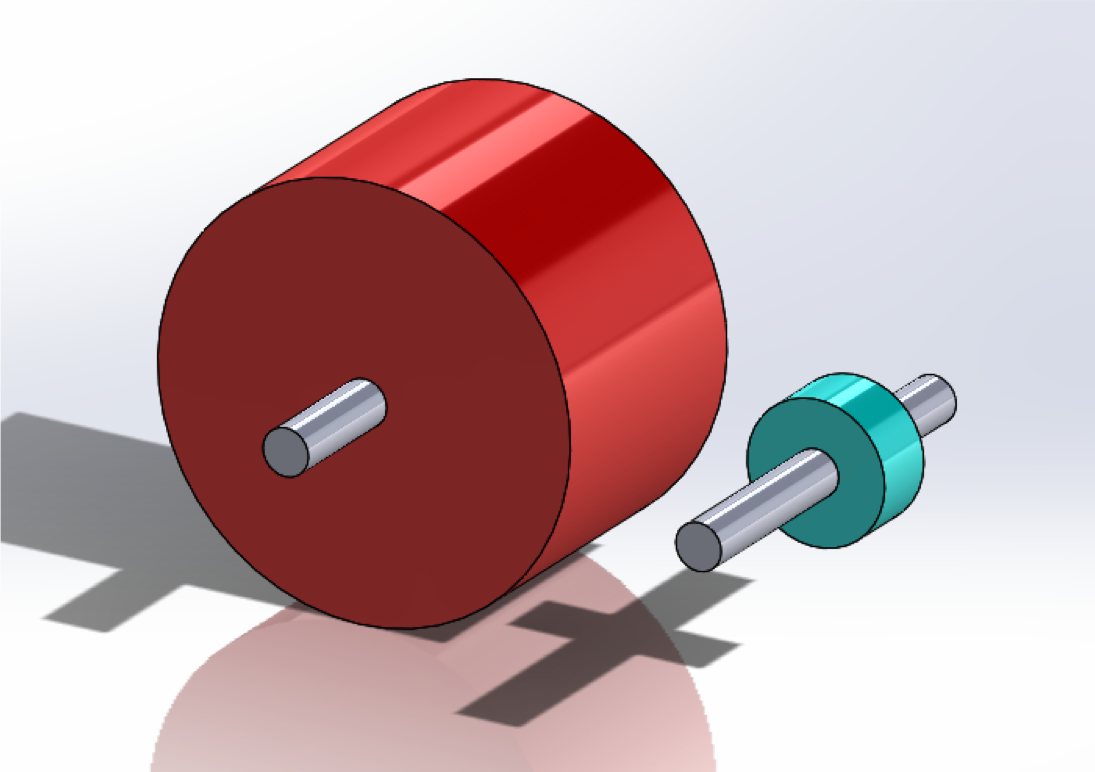How Much Torque Do I Need Out of My PTO?
When deciding which power take-off (PTO) to use, one of the first questions is: How much torque does my PTO need to handle? In order to best answer this question, one needs to consider not just the operating torque but also the startup torque. These two characteristics are related but can be quite different depending on the specific application.
Operating torque is probably what most people think of initially when they think about the torque required for a given application. This is the amount of torque needed to power the driven equipment once everything is up to normal operating conditions. Startup torque, however, is a bit different. It is the amount of torque that the PTO experiences during the first few seconds immediately after the PTO is engaged, as the equipment is accelerating from rest to normal operating conditions. To ensure a longer equipment life, you want the PTO to be able to withstand the higher of the two torque values.
To determine operating torque, examine the specifications of the equipment being driven. For example, a hydraulic pump will require a certain amount of torque and horsepower to generate a given amount of pressure. This can usually be determined from the spec sheet of the driven equipment.
If the installation is primarily a hydraulic system—where the PTO drives a hydraulic pump, which in turn powers the rest of the system—then inertia is usually less of a concern. Most hydraulic pumps will not have large inertia loads. Operating torque is likely the main concern for sizing the PTO in these installations.
Startup torque is affected by two things: how quickly the load is being accelerated and the amount of inertia of the load. The equation is T = I × a. Where T is torque, I is the inertia load, and a is the peak acceleration of the load.
 Inertia is the physical characteristic of the driven equipment determined by the size and shape of the rotating components. As such, it is a fixed characteristic and cannot be changed for a given piece of equipment. Small, lightweight components that are spinning close to the centerline will have lower inertia (like a small spinning shaft). Heavier components that have a larger diameter will have a higher inertia (like a large flywheel).
Inertia is the physical characteristic of the driven equipment determined by the size and shape of the rotating components. As such, it is a fixed characteristic and cannot be changed for a given piece of equipment. Small, lightweight components that are spinning close to the centerline will have lower inertia (like a small spinning shaft). Heavier components that have a larger diameter will have a higher inertia (like a large flywheel).
If the installed PTO is connected to mechanically driven equipment (like blowers, generators, chipper/shredder drums, large fluid pumps, etc.), then inertia becomes more of a concern, and startup torque should be considered when sizing the PTO.
In cases where the inertia load is large, and you want to reduce the startup torque, the only option is to reduce the acceleration rate of the startup (a in the equation above). One approach to doing just that is installing Muncie Start®. Muncie Start reduces the acceleration by gradually applying pressure to the PTO clutch, which allows for a smoother and slower acceleration of the load. Doing this can reduce startup torque significantly. In many cases, it can even reduce startup torque below the level of the operating torque.
RELATED: The Start of Something – Muncie Start
For example, consider a piece of equipment with a large inertia. It may require 600 lbs.ft. of startup torque during engagement but only 250 ft.lbs. of operating torque during normal operation. In that case, you would want a PTO with a higher torque rating to withstand the 600 ft.lbs. load.
However, with Muncie Start installed, the startup torque can be reduced down closer to 100 ft.lbs. of startup torque. The equipment will still require 250 ft.lbs. of operating torque during normal operation. But in this case, you can use a smaller PTO rated for the 250 ft.lbs. load.
In summary, when sizing a PTO for a particular installation, you should pay attention to both the startup torque and the operating torque. To reduce startup torque, Muncie Start can be an effective solution.


